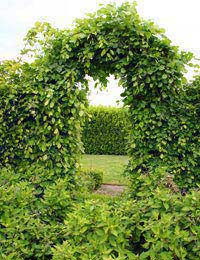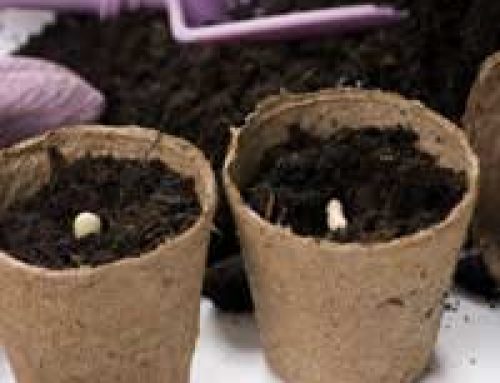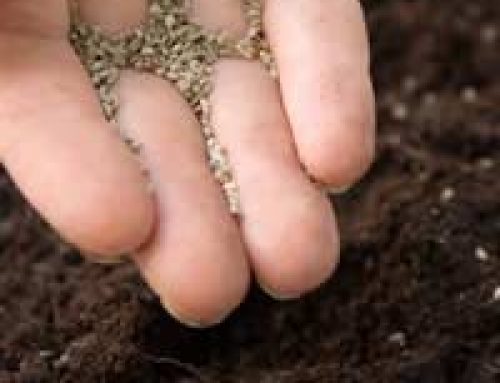
Trellises can make a very attractive addition to gardens. They can be used to separate off one part of your garden from another. They can be designed in such a way that they become a ‘feature’ of your garden and they can help with privacy or to cover up an unattractive area of your garden.
A trellis might simply be one aspect of your garden but for those who may have limited space or perhaps for elderly or disabled people who find it difficult to get around a full size garden, trellis gardening offers the perfect solution.
Types Of Trellis
There are many different trellis designs and they are made in metal, plastic and wood. A flat trellis, which is often referred to as a ‘wood panel’ is often suited to thick climbing plants and they are also ideal for locating in spaces where you are trying to obtain some privacy and they can be free standing or fixed to a wall or fence.
An obelisk is a three dimensional trellis and because of its stunning statuesque features, these are more commonly found in larger, landscaped gardens. And for those who prefer to garden from their window ledge, you can buy window boxes which also contain miniature trellises attached to them.
Climbing Plants
There are so many different climbing plants which need the support that a trellis can provide in order to reach maturity. Morning glories and sweet peas are fast growing annuals whilst common perennials include ivy, clematis and grape vines. Other popular plants that adapt well to trellis gardening include roses, tomatoes, wisteria, climbing hydrangea and pole beans.
Understanding How Your Plants Grow
One important thing to note is that climbing plants mature in different ways. Morning glories, for example, will twine themselves around a support whereas the likes of ivy will use tendrils to attach itself to the support. Roses, however, will need to be trained to grow where you want them. Therefore, when choosing your plants, you’ll need to bear in mind how high they’ll grow and in what manner, especially with regard to you tending to them.
You’ll also need to decide whether you’re going to need a trellis that’s designed more for screening off a less attractive area or marking a boundary or if it’s to be more purpose built for the likes of supporting huge tomato plants, for example.
Advantages Of Trellis Gardening
The main benefit of trellis gardening is the amount of space you save. This is particularly useful if you only have a small garden or back yard and will also benefit those who find it difficult getting around a larger garden. The fact that any fruit or vegetables are grown vertically also makes it a lot easier to harvest and anything you grow that’s edible will remain cleaner than if it was grown on the ground. Vertical gardening also means better air circulation which, in turn, reduces the chances of disease.
If you’re unsure about the types of plants to grow and which trellises would be most suitable for your garden space, your local garden centre will be able to advise you. They will also be able to tell you which plants grow the quickest, the tallest and which ones can become invasive and how to combine trellises with arbors to create an even more dynamic effect.





Leave A Comment